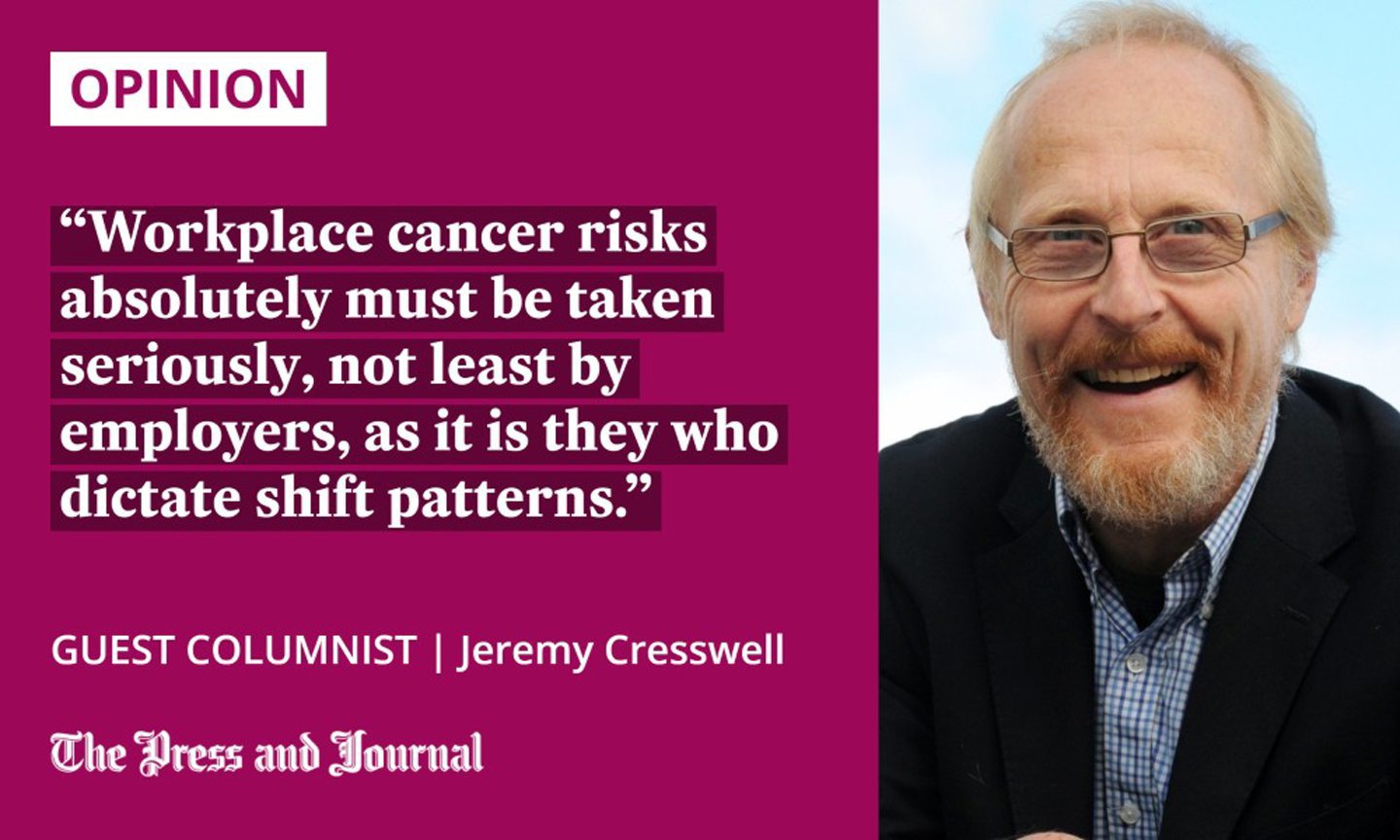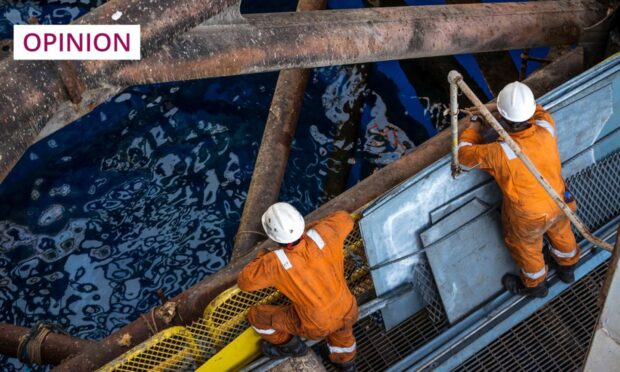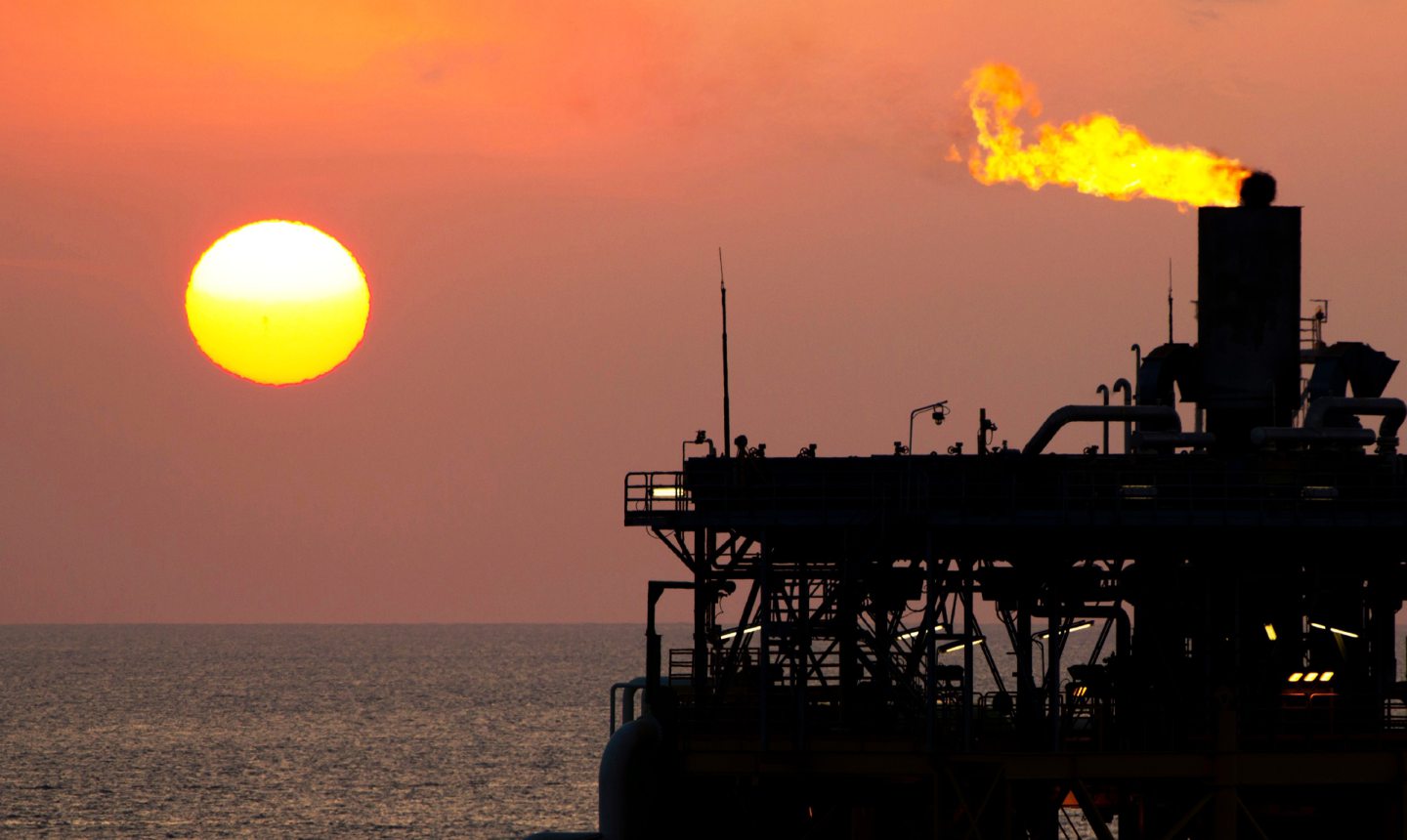Two things happened recently that spurred me to write this reflection on prostate cancer, which is calculated to strike down one in eight of us guys in our lifetime – and I’m a member of that dubious club.
First, I received the results of my latest quarterly “PSA” test, and the second since I was given the (for now) all clear, following a pernicious diagnosis during the thick of the Covid pandemic, leading rapidly to two years of treatment that often left me shattered for months on end.
The latest result was good; PSA level was “undetectable”. Phew!
Second, I read Allister Thomas’s article for Energy Voice about Norwegian research that identifies a heightened risk of offshore personnel frequently rotating between night and day shifts developing the disease. Oslo University’s study included 25,000 participants, all of whom worked on oil platforms, of which 300 were diagnosed with aggressive prostate cancer.
And, it is thought that disrupted sleep patterns are altering risk levels, particularly with regard to hormones which may influence development of the disease, especially testosterone.

In short, night shift work may acutely compromise the circadian rhythm of our natural body clock, with possible carcinogenic effects.
Now, prostate cancer incidence is three times higher in developed than developing countries. Despite differences in life expectancy and diagnostic practices, occupational or environmental exposures may further heighten that already clearly identified increased level of risk.
This includes night shift work, which can cause circadian rhythm disruptions – sleep deprivation, increased stress, vitamin D deficiency and prolonged exposure to artificial light sources at night.
Norway taking the lead
Prostate cancer among Norwegian offshore shift workers has been under the microscope for a number of years. Indeed, as Energy Voice points out, previous research showed that workers in Norway’s oil and gas industry had a 20% higher risk of developing the disease compared to the rest of the Norwegian population.
Pinning down causal links has been tough; that is acknowledged by Leon Berg, a member of the Oslo team and co-author of a research paper published last December in the International Journal of Epidemiology.
The article states: “Studies have found a higher risk of prostate cancer for rotating shift work than for night shift work only.
“It is hypothesised that workers may have less time to adapt to a rotating shift work schedule and thus experience more circadian disruption, compared with night shift work only.
“Compared with day work, day/night rotating shift work among offshore petroleum workers is associated with sleep problems and gastric problems.”
And they conclude by saying: “To our knowledge, this is the first prospective study examining the association between the night and rotating shift work patterns of offshore petroleum workers and aggressive prostate cancer hazard… and that the hazard estimates were highest for long-term exposure.”
I get that, and so wonder what, if any, differences might exist between UK offshore workers and their Norwegian counterparts in terms of prostate cancer risk? After all, our guys have traditionally looked with envy at the superior employment conditions of their Norwegian counterparts, including working fewer offshore hours.
Night shifts common place in certain sectors
Many of us have experienced shift working. I did during my time serving with Her Majesty’s Coastguard at Aberdeen Maritime Rescue Coordination Centre in the 1980s. The day to night rotation was knackering: I never got used to it.
But, my strictly limited experience was as nothing compared with what NHS staff have to endure. I wonder how the staggering levels of stress experienced saving lives during the pandemic will play out for them in terms of cancer risks, especially prostate for men and breast for women.
Investigation of possible causal linkages between prostate cancer and night shift patterns isn’t new. And the results of various work carried out to date appear inconclusive in smoking gun terms.
Sadly, in many countries, workers do not enjoy the high quality protections enjoyed by Norwegians
Notably, in June 2020, the journal Frontiers in Oncology reported the findings of a major two-year analysis of nine population-based studies that found “insignificant associations between night-shift work and cancer risks”. But the Norwegian work effectively post-dates the Frontiers in Oncology review.
Workplace cancer risks absolutely must be taken seriously, not least by employers, as it is they who dictate shift patterns; not just in energy but many industries and services besides. Sadly, in many countries, workers do not enjoy the high quality protections enjoyed by Norwegians.
As for me and many thousands of men, life goes on, quarter by quarter. I count myself lucky to have been caught and rescued by our fabulous NHS, especially the oncology crew at Aberdeen Royal Infirmary. Fingers are crossed.
Jeremy Cresswell is emeritus editor of Energy Voice and former business editor of The Press & Journal
- This column originally appeared on our sister website, Energy Voice


Conversation